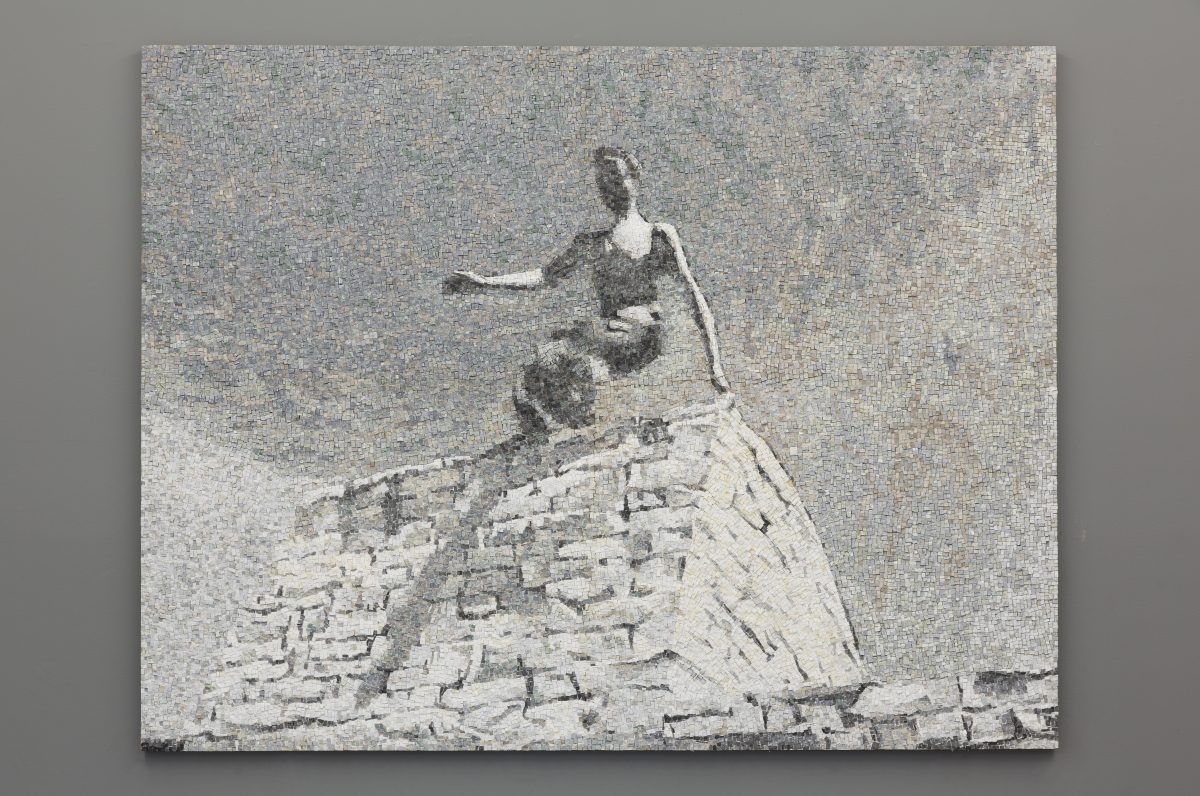created in 1983 by Solange Farkas, Videobrasil has consolidated itself over the years as a diversified and multiple platform aimed at fostering, reflecting and disseminating the artistic production of the Global South. Initially entitled Videobrasil Festival, and casting an inquisitive gaze still in the last years of the civil-military dictatorship that devastated Brazil (1964–1985), the event focused on the innovative video production that was becoming popular across the country.
After a few annual editions, Videobrasil consolidated itself in the national art schedule and began to be held every two years as of the early 1990s, while also establishing a fruitful and lasting partnership with Sesc-SP. It was also during this period that Farkas created the Associação Cultural Videobrasil, dedicated to maintaining and activating the growing collection that grew at each event, and established a more specific focus on the production of the so-called Global South—a term that refers to territories on the margins of central capitalism, located mainly in Latin America, Africa, Eastern Europe, Asia and the Middle East.
Another important moment in the history of the Biennial Sesc_Videobrasil—which is now in its 22nd edition, under the title “Memory is an Editing Station”—was the inclusion, in its shows, starting in 2011, of the widest possible range of artistic forms and media in addition to video and electronic art. It is also worth noting, especially in its latest editions, a growing focus on the production of indigenous populations from Brazil and from the most distant corners of the globe.
to know more about the exhibition:
adrian paci

